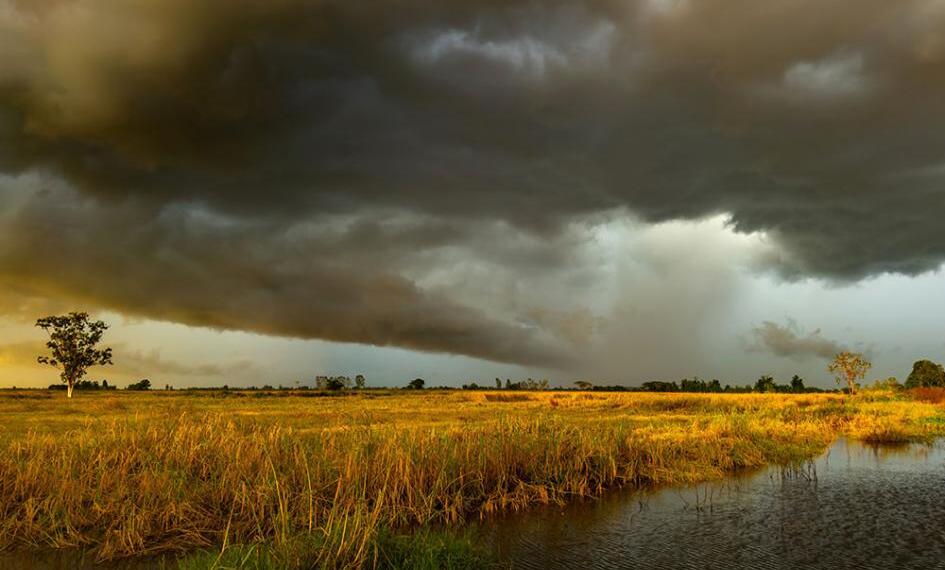Abstract
Thailand faced droughts and floods in 2023, causing significant agricultural losses of around THB 50,000 million. The impact of these extreme weather events will continue in 2024, leading to further agricultural losses of at least THB 51,700 million. The Central region will suffer the highest loss, followed by other regions. To mitigate these challenges, SCB EIC proposes 2 approaches and 3 mechanisms to enhance water security in the agricultural sector by improving water supply management efficiency and water use efficiency. Collaborative efforts among stakeholders are essential to ensure the sustainability of Thailand’s agricultural industry in the face of climate change hazards.
Summary
Thailand’s Weather Challenges
Thailand experienced extreme weather events in 2023, with below-average rainfall in the first part of the year due to El Niño. However, an upswing in rainfall during the monsoon season helped balance the impact. These variations led to severe droughts followed by significant floods, affecting various regions.
Economic Impact of Droughts and Floods
The agricultural sector faces losses totaling THB 51,700 million due to droughts and floods in 2023 and 2024, with sugarcane being most affected. This impact will shrink Thailand’s economic growth by -0.34 percentage points, exacerbating inflation risks, especially in the sugar and rice markets.
Enhancing Water Security
To mitigate future risks, two approaches and three mechanisms are proposed by SCB EIC. Improving water supply management efficiency and water use efficiency, combined with policy, financial, and data mechanisms, can enhance water security in Thailand’s agricultural sector. Collaboration from all stakeholders is crucial for success in adapting to climate change challenges.
Source : How would Thailand ‘s agricultural sector navigate through the erratic rainfall?



